How teams that were shot out cheaply in Tests did in their very next match
Ajinkya Rahane’s depleted side showed a great heart by making a thumping comeback in the series after the humiliation they faced in Adelaide. Has any other team displayed a similar intent in the past after a similar disaster?
View : 2.4K
9 Min Read
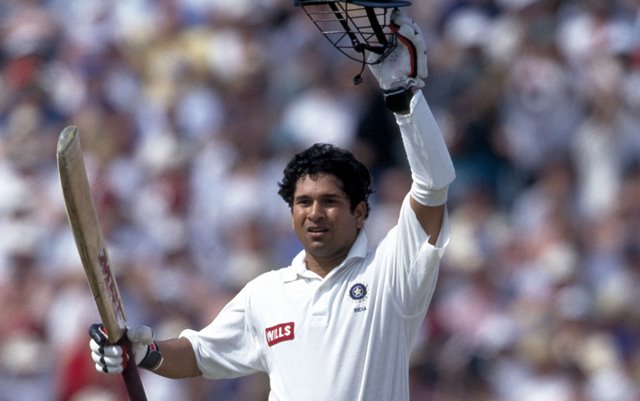
The Indian cricket team made a magnificent comeback into the ongoing four-match Test series against Australia Down Under by winning the second game in Melbourne by 8 wickets. The visitors were without a number of key players, including their regular skipper Virat Kohli and strike bowler Mohammed Shami but yet stand-in captain Ajinkya Rahane led from the front both with his brain and bat to ensure India didn’t concede an assailable lead to the home team.
Rahane hit a hundred and India went on to win by 8 wickets to level the series 1-1 with two more to go. This win was also special if one took into consideration the context. India were beaten by 8 wickets in the first game in Adelaide — a day-night affair — after they were reduced to 36 for 9 in the second innings with Shami retiring hurt because of a hand injury sustained while batting. It eclipsed India’s age-old dark history of getting all out for 42 and earned the team brickbats. The win in Melbourne made it even more satisfying for the team and its supporters.
But how many times in the long history of Test cricket that a team which was shot out for such a low score could make an emphatic turnaround in the very next match? Here we take a look at how teams fared in their immediate next match (in the same series or in the next) after producing one of their lowest totals in the longest format:
1. New Zealand lost to Pakistan in the next Test after getting 26 all-out against England (1955):
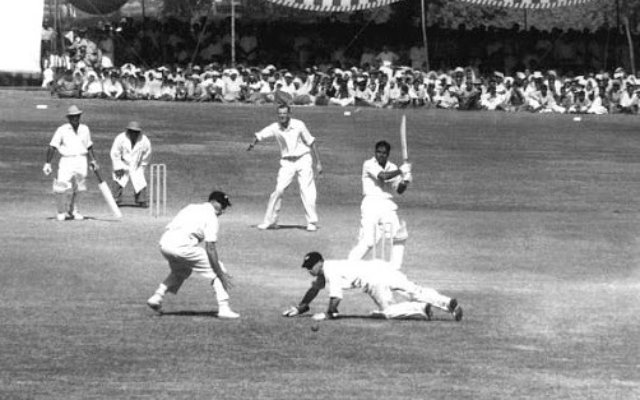
The Kiwis faced a humiliating defeat in the second innings of their second and final Test match against England at home in March 1955. At Eden Park, Auckland, Geoff Rabone’s team was bowled out for 200 after winning the toss and electing to bat. Sir Len Hutton’s visiting side then faced some challenging bowling but yet managed to go past the NZ total to make 246.
But then the home team witnessed the worst slump in Test match history as it got skittled out for only 26 in 27 overs, so far the lowest team total to have been registered. Brain Statham and Bob Appleyard ruined the Kiwis by claiming seven wickets together for only 16 runs and the hosts lost the match by an innings and 20 runs and with that, the series 0-2. New Zealand played their next Test match in October 1955 and it was on a tour of Pakistan (the two teams’ first-ever Test series which Pakistan won 2-0).
The match was played in Lahore and there, top, NZ’s captain Henry Cave won the toss and elected to bat. Their batting did no better than their last match as the Kiwis managed 164 and 124 in their two outings with off-break bowler Zulfiqar Ahmed claiming 11 scalps. Pakistan, on the other hand, scored 289 in their first innings and New Zealand failed to make them bat again, losing by an innings and 1 run. NZ in fact could not win a single of their nine Test matches played in 1955 — lost five while four were drawn.
2. South Africa lost to England in 2nd Test after getting bowled out for 30 in 1st (1896):
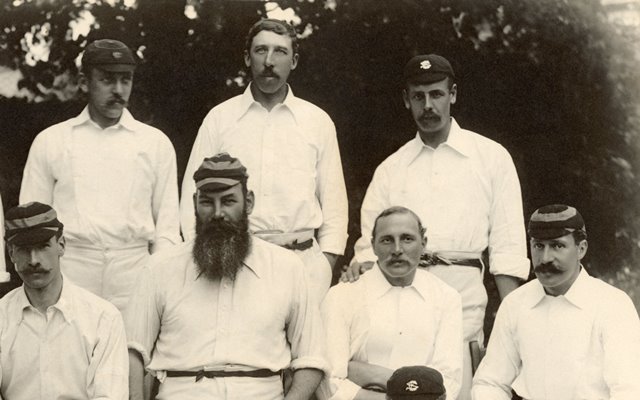
It was England’s third tour of South Africa after 1888-89 and 1891-92 and the visitors looked strong to return winners once again. In the first of the three matches in Port Elizabeth in February 1896, South African skipper-keeper Barberton Halliwell won the toss and sent England to bat first. Left-arm slow-medium bowler Bonnor Middleton claimed five wickets that saw the visiting team led by Sir Tom O’Brien folding for 185 runs in its first essay. But England struck back with their spearhead George Lohmann picking seven South African wickets to restrict the hosts to only 93 and give his team a crucial lead of 92.
SA then tried hard to prevent England to take a big lead and reduced them to 72 for 6 but the tail really wagged (England added 42 runs for the last wicket) to take the total to 226, setting SA a target of 319 runs. It was something impossible a task for South Africa and Lohmann proved it as he took eight wickets for seven runs in the second essay to decimate the hosts for a paltry 30 in 18.4 overs. Robert Poore was the highest scorer with 10 and SA lost the game by 288 runs. The two teams met for the second Test in Johannesburg and this time England captain Lord Hawke won the toss and elected to bat first.
Banking on Tom Hayward’s 122, the visitors made 482 and slow left-arm orthodox George Alexander Rowe took five for 115 for SA. It was then all Lohmann as he produced his career-best bowling figure of 9 for 28 to help his team bowl the South Africans out for 151. Jimmy Sinclair top scored with 40. England asked SA to follow on and right-arm fast-medium bowler Christopher Heseltine took five for 38 as the hosts were bowled out for 134 in their second innings. Lohmann took three to claim 12 in the match. SA lost by an innings and 197 runs and with that, the three-match series as well.
3. South Africa lost to England in 2nd Test after getting bowled out for 30 in 1st (1924):
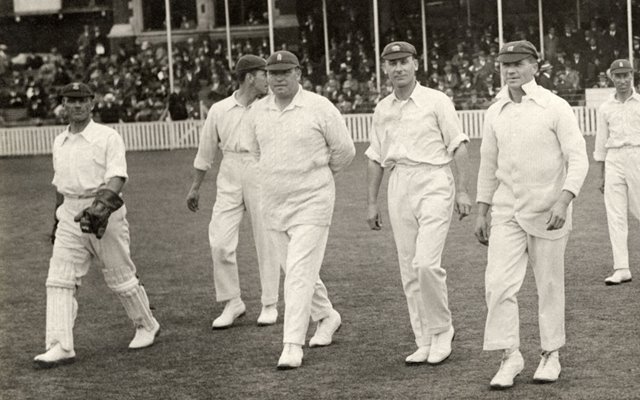
South Africa visited England in 1924 for their third-ever bilateral Test series there (they also played a triangular Test series including Australia in 1912). In the first match played in Birmingham in June, visiting captain Herbie Taylor won the toss and sent England to bat first. Powered by five fifties, Arthur Giligan’s team put up a total of 438 with the Proteas’ spearhead George Parker picking six for 152. In response, the South African innings saw a disaster as only two England fast bowlers proved too hot for them.
While Giligan knocked over six wickets for only seven runs, his opening partner Maurice Tate took the remaining four for only 12 as the tourists were shot out for only 30 in less than 13 overs. England then asked SA to follow on and they came up with a much better show but the deficit of 408 runs were far too wide to bridge. Bob Catterall led the fightback for SA and they eventually got all out for 390 in 143.4 overs to lose by an innings and 18 runs. In the second match played at Lord’s, SA won the toss and elected to bat.
In this game, their batsmen produced a much better show but England’s even superior batting performance saw them losing the game by an identical margin — an innings and 18 runs. While SA scored 273 and 240 in their two innings, England lost only two wickets in the match to put up a mammoth score of 521 to declare. England went on to win the five-match series 3-0.
4. India lost to England in 3rd Test after getting bowled out for 42 in 2nd (1974):
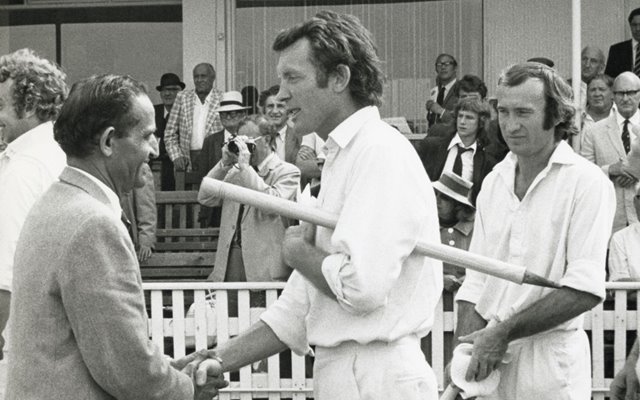
The summer of 1974 remained a forgettable one for India as they were bundled out for 42 in the second match of the series at the iconic Lord’s in June. Mike Denness won the toss and elected to bat and three hundreds from the home team saw them totaling 629 in their first innings. Bishan Singh Bedi was the most successful Indian bowler with six wickets but he gave away 226 runs for them. Trailing 0-1 in the series, Ajit Wadekar’s India started off their response well but could not still avoid the follow-on as they lost six wickets for only 52 to get bowled out for 302.
Chris Old and Mike Hendrick shared seven wickets between them. Coming out to bat again to erase the massive deficit of 327 runs, India’s batting collapsed as pace spearheads Geoff Arnold and Old ran through them to claim nine wickets. Bhagwath Chandrasekhar didn’t bat and India folded for only 42 in 17 overs to lose by an innings and 285 runs. The two teams met for the third and final Test match in Birmingham where Wadekar won the toss and elected to bat first. India’s batsmen disappointed again as only Farokh Engineer scored a fifty and the visitors were all out for 165.
Arnold and Hendrick took three and four wickets, respectively. England then came up with a solid batting performance to declare their innings at 459 for 2, taking a huge lead of almost 300 runs. Sudhir Naik (77) and Ashok Mankad (43) were the only batsmen to put up some resistance in the second essay but India were bowled out for 216 to lose by an innings and 78 runs. They also lost the series 0-3. Wadekar quit international cricket after this series.
5. India lost the second Test against SA after getting bundled for 66 in the first (1996):

India were led by Sachin Tendulkar in this series while the Proteas were captained by Hansie Cronje. The first of the three Tests was played on a lively wicket in Durban, Tendulkar won the toss and sent the hosts to bat. Venkatesh Prasad’s 5 for 60 put SA under check and they were bowled out for 235 in their first innings. India’s hope of taking advantage of SA’s modest batting performance evaporated fast as Allan Donald counter-attacked to claim five for 40.
Sourav Ganguly top-scored with 16 as India were bowled out for only 100. Prasad picked his second fifer of the match as SA were stopped from scoring big in the second innings. They were all out for 259 despite a century partnership for the second wicket between Andrew Hudson and debutant Adam Bachar. India were left to score 395 to win the match but Tendulkar’s side shocked all by slumping to 66 all out in 34.1 overs.
It was for Rahul Dravid’s 27 not out at No.6 that made up most of the runs. Donald was virtually unstoppable on the day as he took four for 14 in 11.1 overs. The second Test was played in Cape Town and there, SA came up with a strong batting performance and declared their first innings for 529 for 7 after Cronje chose to bat first. India were in trouble again but twin centuries from Tendulkar and Mohammad Azharuddin gave their total some respectability. India made 359 in their first innings to concede a lead of 170. SA then made 266 for 6 to declare to set the Indians a target of 427 and the visitors had no answer for that.
The second innings saw yet another slump and this time, there was no counter-attack. India were all out for 144 to lose the game by 282 runs and the series 0-2.
Download Our App